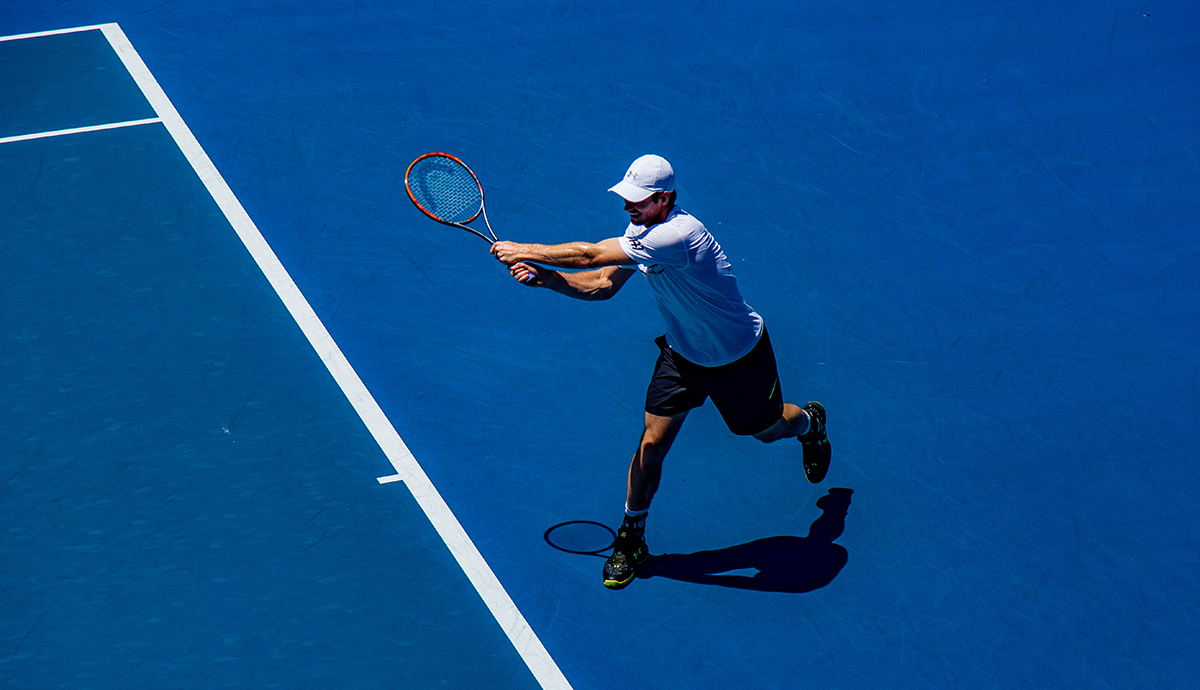Maybe you’ve felt it before—a sudden twinge during a backhand swing or a sharp pain when lifting something later that day. If your outer elbow and forearm hurt, you might have one of the most common orthopedic injuries: tennis elbow.
Also known as lateral epicondylitis, tennis elbow is an injury to the tendons that attach the forearm muscles to the outer elbow. Repetitive use can cause small tears in these tendons, leading to inflammation and pain when using the affected arm. Common symptoms include tenderness on the outer elbow and difficulty gripping objects.
The good news? In most cases, tennis elbow treatment is simple and effective.
Tennis Elbow Isn’t Just from Tennis
Despite the name, tennis is rarely the cause. Any repetitive activity involving your first two fingers and thumb, especially with forearm rotation, can put you at risk. Carpenters, plumbers, chefs, knitters, and even frequent computer users can develop this condition. Over time, repetitive twisting without rest can trigger symptoms, particularly if early warning signs are ignored.
Tennis Elbow vs. Golfer’s Elbow
Though similar, tennis elbow and golfer’s elbow affect different areas of the elbow. Tennis elbow impacts the tendons on the outer elbow, while golfer’s elbow (pitcher’s elbow) affects tendons on the inner elbow. Both are often caused by repetitive motion sports or activities—golf, baseball, bowling, and gardening among them.
How to Help Prevent Tennis Elbow
Improper form, unbalanced equipment, and lack of preparation can all contribute to injury. To reduce your risk:
-
Warm up and stretch your arm muscles before activity
-
Take breaks from repetitive movements
-
Use equipment that’s properly fitted and balanced
-
Learn correct form, especially for racquet sports
If you’re a tennis player, consider grip size, racket weight, and string tension. Lessons with a professional can also help correct any motion issues that increase strain.
Don’t Ignore the Symptoms
If you notice soreness on the outer elbow or difficulty gripping objects, rest is the best first step. Playing or working through pain can make the condition chronic, requiring more intensive treatment.
For most people, symptoms improve with rest, ice, and over-the-counter pain medication. Braces or elbow straps can add support. If the condition persists, treatments may include physical therapy, steroid injections, or surgery in severe cases.
PRP Therapy for Chronic Tennis Elbow
At Charlottesville Orthopaedic Center, we offer Platelet-Rich Plasma (PRP) Therapy for chronic tennis elbow that doesn’t respond to standard treatments. In a 45-minute, minimally invasive session, platelets are drawn from your blood, concentrated, and injected into the injury site to stimulate healing. Many patients notice improvement within weeks.
Sources Cited:
https://www.mayoclinic.org/diseases-conditions/tennis-elbow/symptoms-causes/syc-20351987
https://my.clevelandclinic.org/health/diseases/17597-tennis-elbow
https://orthoinfo.aaos.org/en/diseases–conditions/tennis-elbow/
Dr. David Nielsen, D.O. is a board-certified orthopedic surgeon with over 20 years of experience in hand, upper extremity, and shoulder surgery. He trained at Kirksville College of Osteopathic Medicine and the University of South Florida. He brings over two decades of surgical experience and a deep commitment to patient-centered care as the founder of Charlottesville Orthopaedic Center.
Patient Resources
Explore our Patient Resource center for helpful information about our expert team, comprehensive services, informative blog, and how to easily connect with us.
Complimentary Movement Screening
Charlottesville Orthopaedic Center offers complimentary movement screenings to assess your movement, identify imbalances, and help prevent injuries. Whether you’re active, recovering, or want to move better, our expert phsycial therapists provide personalized recommendations for your long-term mobility and wellness.
Learn More








